Social media is still one of the best ways to grow your business.
But there’s a lot of bad information out there.
Every time I speak in front of a new audience, I get asked the same questions.
“Should I be on Instagram?”
“Does Facebook advertising work?”
“What about Snapchat?”
The truth is that it always depends.
There’s no simple answer. Every social media channel can benefit you to one degree or another.
Does that mean you should use all of them?
No, of course not!
That misdirection is where the confusion comes from.
People aren’t exactly sure who they should be listening to. They’re not sure where to start or which conflicting advice they should follow.
Well, I’m here to set the record straight.
Many social media gurus out there aren’t lying to you intentionally.
However, following some bad advice can still kill a brand new business before it even has time to get off the ground.
You’ll waste too much time, energy, and money on the wrong things.
In this post, I’m going to walk you through some of the biggest misconceptions out there.
So by the end of this article, you’ll know exactly how to protect yourself.
And you’ll discover what you should be doing instead.
Let’s get started.
Lie #1. You need to use every popular channel
Instagram now has over 700 million users.
The engagement on Instagram is also several times better than on other platforms like Facebook.
So does that mean you should use it? Does that mean Instagram is a ‘must-have’ marketing channel for your business?
Yes and no.
It all depends on your own situation.
For example, one study from a few years back found that the average large company had 178 different social accounts. And this was before Snapchat and Instagram!
Most businesses can barely manage two or three channels at a time, let alone hundreds.
There are two things to consider before you fire up a new social network.
The first is to determine how you’re going to manage it.
Are you personally going to do everything? Are you going to hire someone? Or are you going to try and add it to your staff’s existing workload?
We’ll dive deeper into this later, but recognize right now that social media isn’t free. No matter what people out there are trying to tell you.
It makes zero sense to start up a new social channel if you’re already having trouble keeping up with the ones you currently have.
Otherwise, why add another thing to your plate if it’s just going to sit there collecting dust?
The second thing to figure out is where your customers are already spending time.
The key to making social media work for your business is to understand that the quality of your audience is more important than the quantity.
That means a high fan or follower count is useless by itself.
What’s the point of investing all that time and energy if none of these people are going to ever convert at the end of the day?
Start by figuring out which channels are best for you.
The Pew Research Center released a study about the average demographics for each channel that might help you narrow it down.
For example, you tend to see a lot of urban, young people on Instagram.
Do you sell a low-priced consumer product? Are you in fashion, retail, or some other visual businesses?
If so, Instagram is perfect.
The same can’t be said for a platform like LinkedIn, though.
For example, LinkedIn tends to skew a little older in demographics, attracting mostly college-educated professionals.
Obviously, that makes it ideal for marketing to B2B companies and reaching executives.
Do you see the nuances already?
Then there’s Twitter, which tends to attract younger, high-income earners.
You might see audience overlap on some of these channels.
For example, a B2B company that targets young tech executives could probably excel with both Twitter and LinkedIn.
Instagram, on the other hand, might be better suited for reaching young consumer audiences.
The point is that you need to ‘put all your eggs in one basket,’ to a certain degree.
Most small- and medium-sized companies don’t have enough money and people to manage everything
So it doesn’t make sense to spread those thin resources even thinner. The results you’ll see won’t be worth the sacrifice in the end.
There is one trick, however, to help you get around this problem.
Cross-posting and repurposing your content on different channels can help you manage multiple platforms with minimal effort.
That works especially well with a social contest or promotion.
Think about it like this. You can host a single giveaway on your site or another third-party application.
Then you can cross-post different messages on multiple social accounts, funneling people back to your contest entry page.
Frequent giveaways like this can make your life simple because they give you interesting content to publish, help steer page engagement, and can be run across several accounts at the same time.
In other words, you’re investing all of your resources behind a single campaign.
Then you’re expertly leveraging that single campaign to generate returns across multiple accounts.
Lie #2. Social media costs you nothing
You should be Tweeting an average of around five times each day. That includes weekends, too.
What about Instagram? You can push that average up to ten or twenty times a day!
Obviously, you don’t want to publish these all at once.
Ideally, they should be split up throughout the day.
Now, think about what this will take for you to pull it off successfully.
First, you’ll need to create the twenty different pieces of daily content. That adds up to 140 posts over the course of a week!
Second, you’re going to need to schedule these out and respond as new comments roll in.
Who has the time to do these things?!
Do you want to hire someone to do it for you? No problem.
Except that’s going to set you back at least $3,500 on the low end for a new in-house, entry-level employee.
It might even run you up to $15,000 each month for a professional content company.
People think social media is “free” because all it takes is time and energy.
However, most business owners are strapped for time as it is.
You probably don’t have an extra 20 hours each week to spend creating content and managing social channels.
But you don’t have an extra $15k per month lying around, either.
Unfortunately, these costs show no signs of slowing down.
One study showed that, even though social media spending continues to rise, it’s still well short of the total projected spending.
So what are you supposed to do?
In the last example, I said you should invest in one thing that can be used multiple different ways.
That same strategy applies to video.
It might cost a little more upfront, but the results will be worth it.
Facebook’s algorithm, for example, continues to limit the number of fans you can reach.
In short, it hates you. Facebook might not even let you reach any of your fans in the near future.
The silver lining is video.
It still gets the best reach and engagement numbers. Plus Facebook video ads are one of the single best ways to build up new audiences.
Facebook Ad expert Jon Loomer recommends you create a custom audience to track everyone who views your videos.
You might spend a little more on the video production in the short-term. But then you’ll make your money back because it only costs a few cents to drive new views to each video.
You can then also use these videos in other places of your site, too.
And you don’t have to worry about duplicate content issues like you do with text.
For example, Panorama9 uses video underneath its testimonials to assist with lead generation.
Wishpond runs a video in the background of its homepage to help explain how its tool works and why you need it.
You can even connect other tactics, like marketing automation features with HubSpot’s lead scoring to keep track of who’s viewing these different videos.
Why would you want to do that?
Four times as many customers want to watch product videos instead of reading text. Video has also been shown to increase conversions, too.
So videos help you increase social media results. But they’ll also boost your bottom line.
You can verify this last point with the Kissmetrics funnel report.
Create two different funnels —one with a video and one without. Then track the results over time to see cold, hard data.
For example, let’s say the video version increased your conversion rate by 1%.
That may not sound like much, but it adds up if you have thousands of purchases.
You can also use these new sales numbers to show clients and bosses how much more their investment in videos is pulling in.
Lie #3. Followers are the primary goal
I’ve spent hundreds of thousands of dollars on Facebook page fans.
My page grew to over 900,000 fans!
But you know what?
I wish I never did this in the first place.
For example, take a quick look at this graph.
This shows website referral traffic from my Facebook fan page.
Look at how much it’s declined in the past few months!
My Facebook follower count has only gone up since then. Engagement on the page continues to be high.
And yet their algorithm continues to chip away at the people I can reach.
Honestly, you shouldn’t spend a single dime on Facebook followers.
That goes for fans and followers on your other social media channels, too. It’s just a matter of time until you see the same problems as Facebook.
You should, however, use Facebook Ads to drive real business results.
Here’s what I mean.
You’ll still see me share content on my Facebook page on a regular basis. So on any given day, you’ll see something that looks like this:
Why do I keep doing that, even though the number of clicks keeps declining?
Because I’m playing the long game.
I want to build up custom audiences of people who are engaging on a regular basis.
You can see who’s still interacting with your posts, commenting on your page, or clicking this content to head back to your site.
I’ll walk you through how this strategy works.
Start by using awesome content like an infographic or videos to grab the most attention possible.
Here’s one from AgoraPulse that uses a beautiful infographic to catch your eye.
Clicking on this infographic is the first step in the Facebook sales funnel.
The trick is to retarget those people who just clicked.
The same applies to people who watch one of your videos. You capture them all in a custom audience.
Then you can send them a new offer for some kind of lead magnet.
Here’s a perfect example from Steli and Close.io.
The reason this ad shows up in my news feed is because I’ve visited their website before.
They’re retargeting me with this template offer to try and get me to become a lead.
Everyone who downloads this offer is now in the middle of your funnel.
You will have a list of email addresses for all of these new leads.
They’ve taken a few steps to interact with your brand by now.
That serves as a clue that they might be ready to hear about your services.
Here’s a great example from Work the System.
See how these tips are all starting to come together?
Social media marketing seems basic on the surface.
But it’s actually pretty nuanced when you start digging deeper.
This last example leverages video and custom audiences to accelerate conversions.
You need better content. Not just more content.
Lie #4. More content will get you better results
Over 300 million photos are uploaded to Facebook each and every day.
Think about that number for a second.
Most of those photos are from people’s friends and family members.
Consumers don’t log on to a social channel to buy stuff. They go there to interact with loved ones.
That means you’re already at a disadvantage. The competition is already fierce.
You need to publish a lot of stuff to get through the noise, sure.
You should create as much evergreen, long-form content as you possibly can. That same rule applies to social media.
However, you’re going to need more than just high volume to stand out from friends and family.
My favorite technique is to use storytelling.
Here’s a super old ad I love to reference as the perfect example.
This ad is famous because it uses storytelling to draw the reader in.
The ad also advertises a free booklet to get you to send in your information.
It’s been almost a century since this ad ran, and we’re still using the same tricks!
The catch with social media storytelling is that it has to be visual.
But how on Earth are you supposed to make images and video tell a story?
You can start by taking a cue from this amazing Dove example.
This example shows a dad with his daughter on her wedding day.
The look on her face says everything you need to know about this shared experience.
The trick here, just like the old ad from a century ago, isn’t to feature your product per se.
Instead, you want to use storytelling to share an experience that your customers can resonate with.
Then you can use that attention to draw people back to your products and services.
Lie #5. You should be professional and corporate
Large brands have it tough on Facebook.
They have dozens of team members working each account.
And they also have full legal teams vetting every detail before it goes live.
So they’re at a disadvantage from the get-go.
We’ve already talked about why. People go to social media to interact with friends and family.
They don’t go there to see your “official,” buttoned-down posts.
Thankfully, a few brands are starting to do a better job of humanizing their social experiences.
For example, it’s always tricky responding to angry customers online.
But Walmart does an excellent job here by expressing sympathy.
It seems like they genuinely want to help out.
Leia also adds her name. That’s a nice personal touch to help bring down the barrier between Walmart and its customer.
PetSmart does another good job diffusing potential tension in this next scenario.
One of my favorite recent examples comes from Wendy’s.
For the last few years, their Twitter account has been playfully snarky with customers. Look, they can even rap!
Ultimately, the only way to drive sales from social media is to make people care about you.
And that’s incredibly tough if you don’t show any personality.
That’s why I like to goof around and post funny photos on Facebook.
I want to create a community of people who like interacting with each other.
You don’t need to be this silly to get results, either.
For example, Starbucks will use live-event videos to give people the same sense of community.
Conclusion
Social media is tricky because it doesn’t work like any other marketing channel.
People don’t type anything into a search engine to find your product specifically.
Instead, they’re trying to interact with friends and family.
That means you only get in the way when you fall for one of the social media blunders on this list.
Nobody specifically tried to lie to you about them.
But that also doesn’t change the fact that there’s a lot of misdirection out there.
The good news is that now you know better.
What’s a social media lie that you’ve found doesn’t work as advertised?

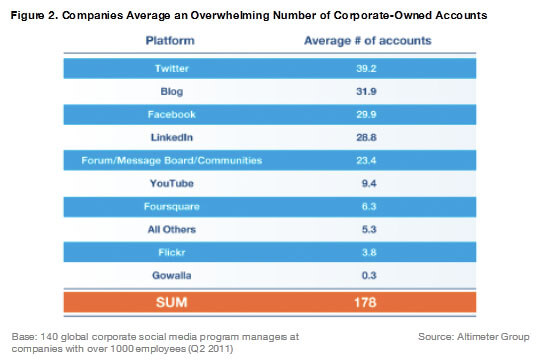
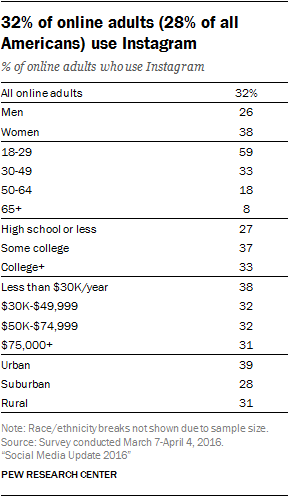
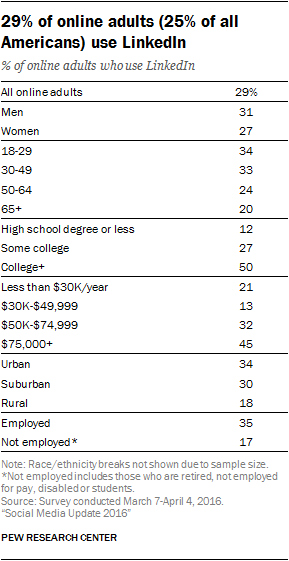
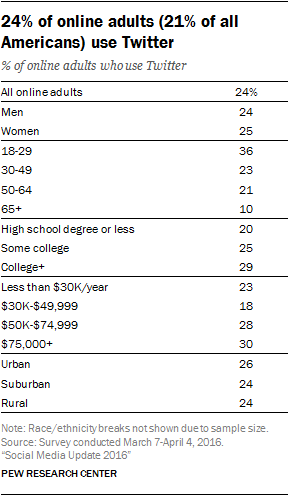
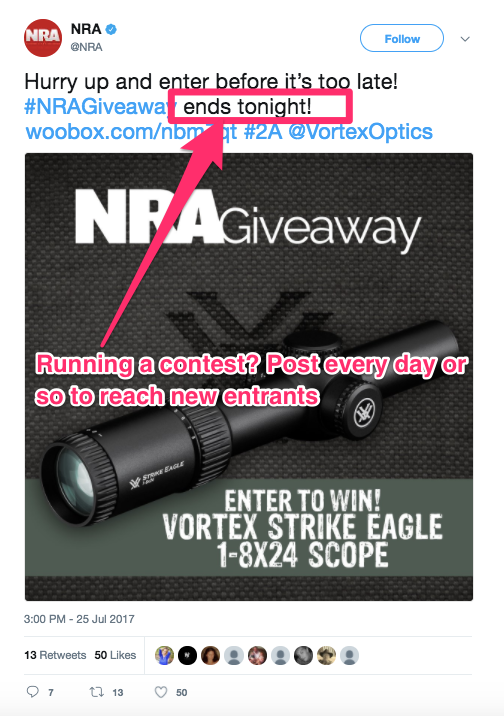

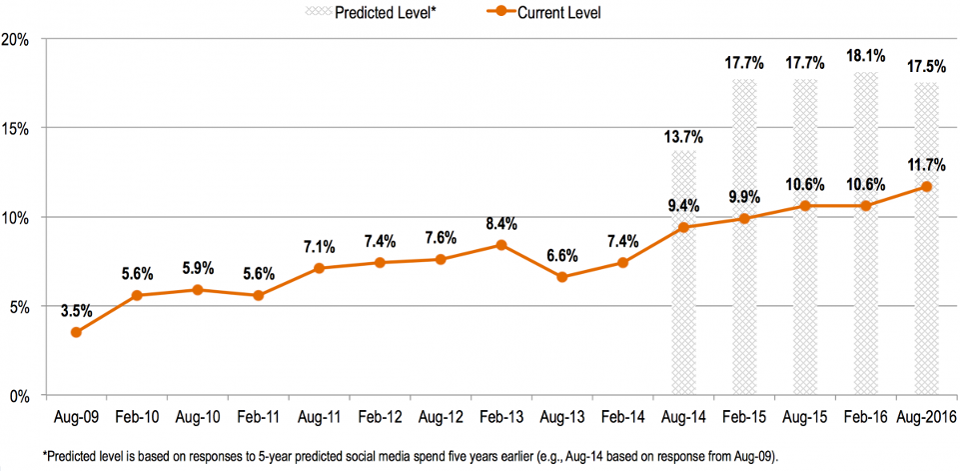
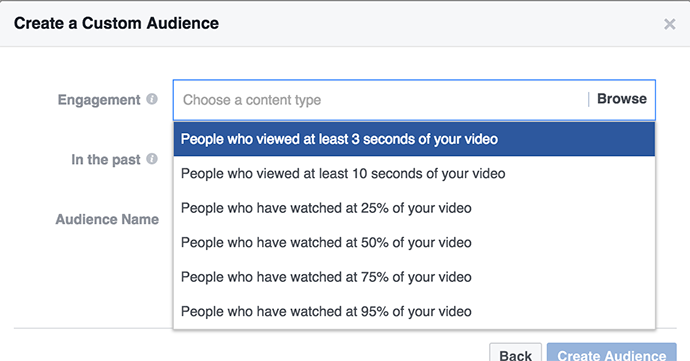
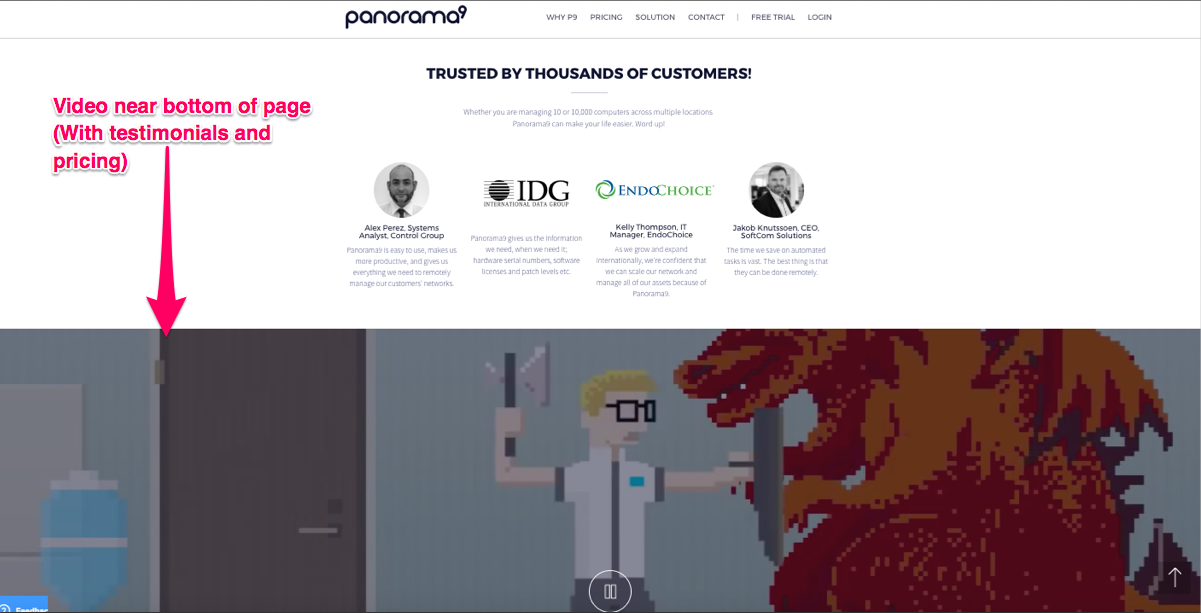
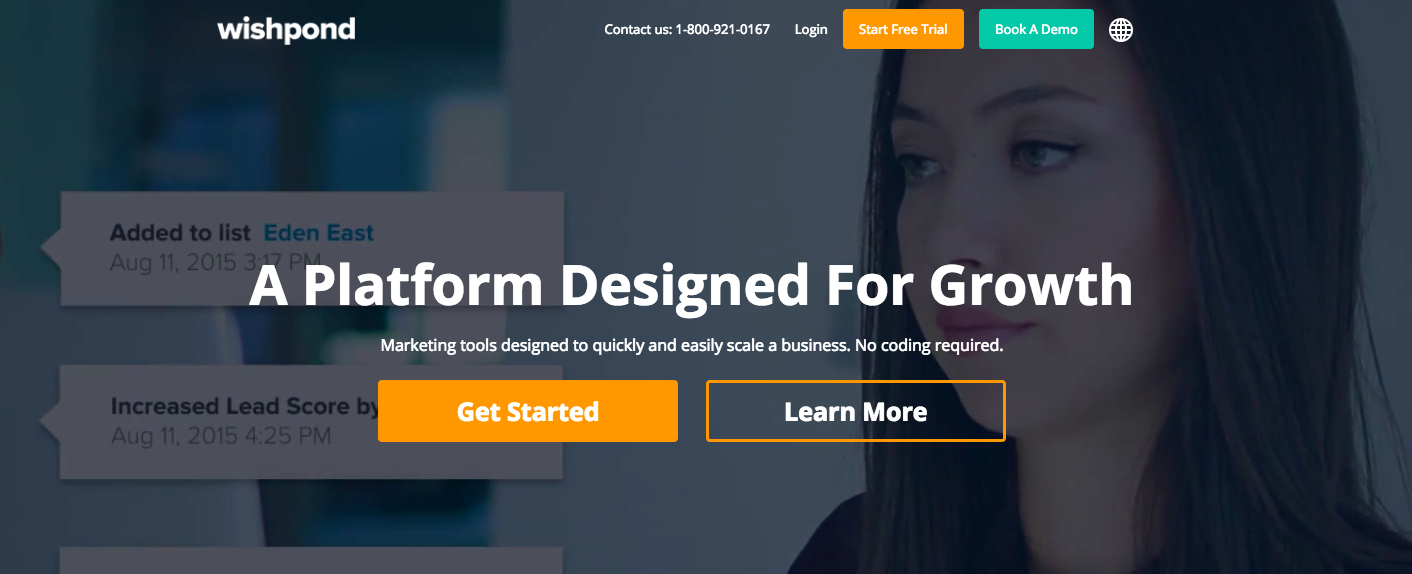




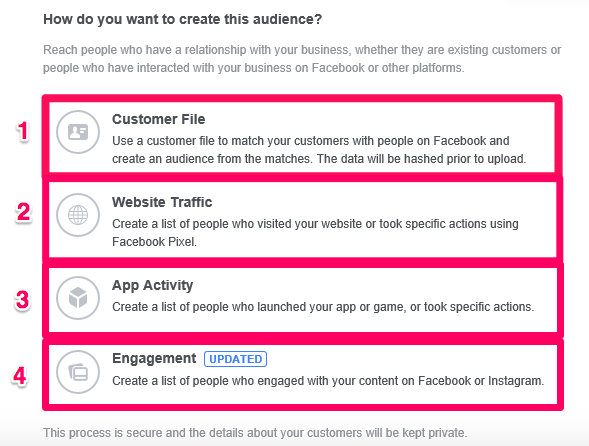
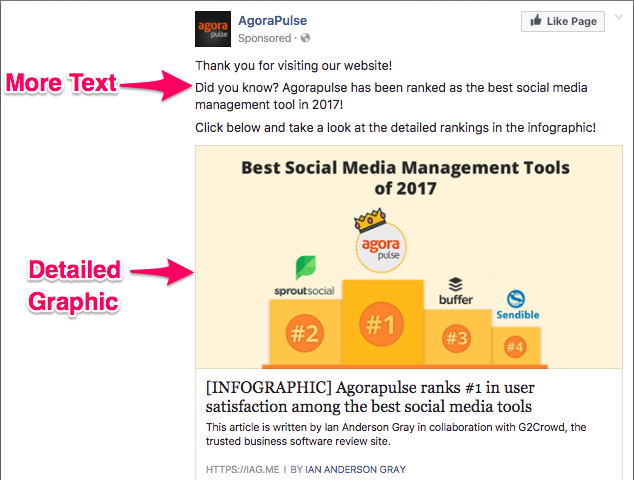

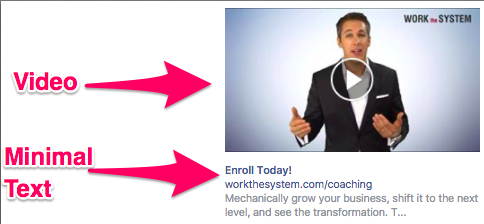


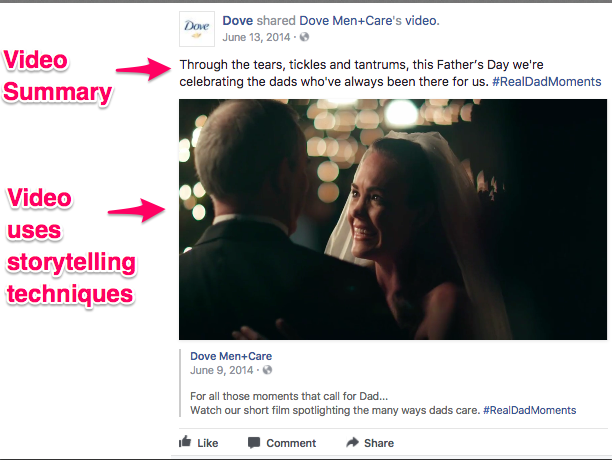
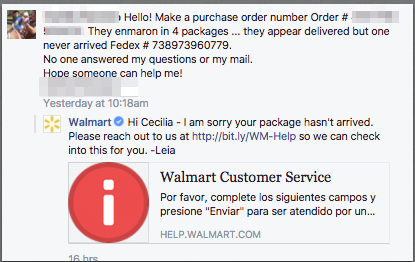


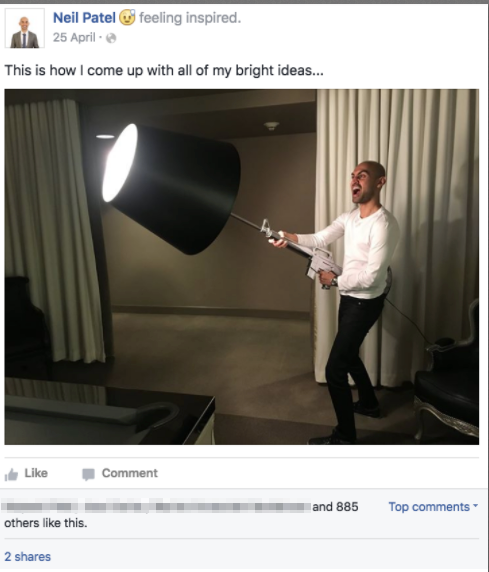
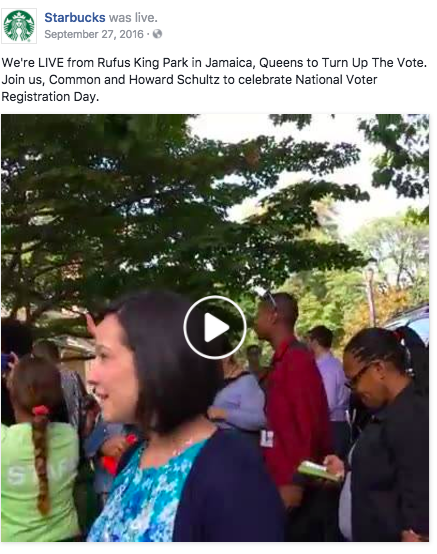
Comments (4)